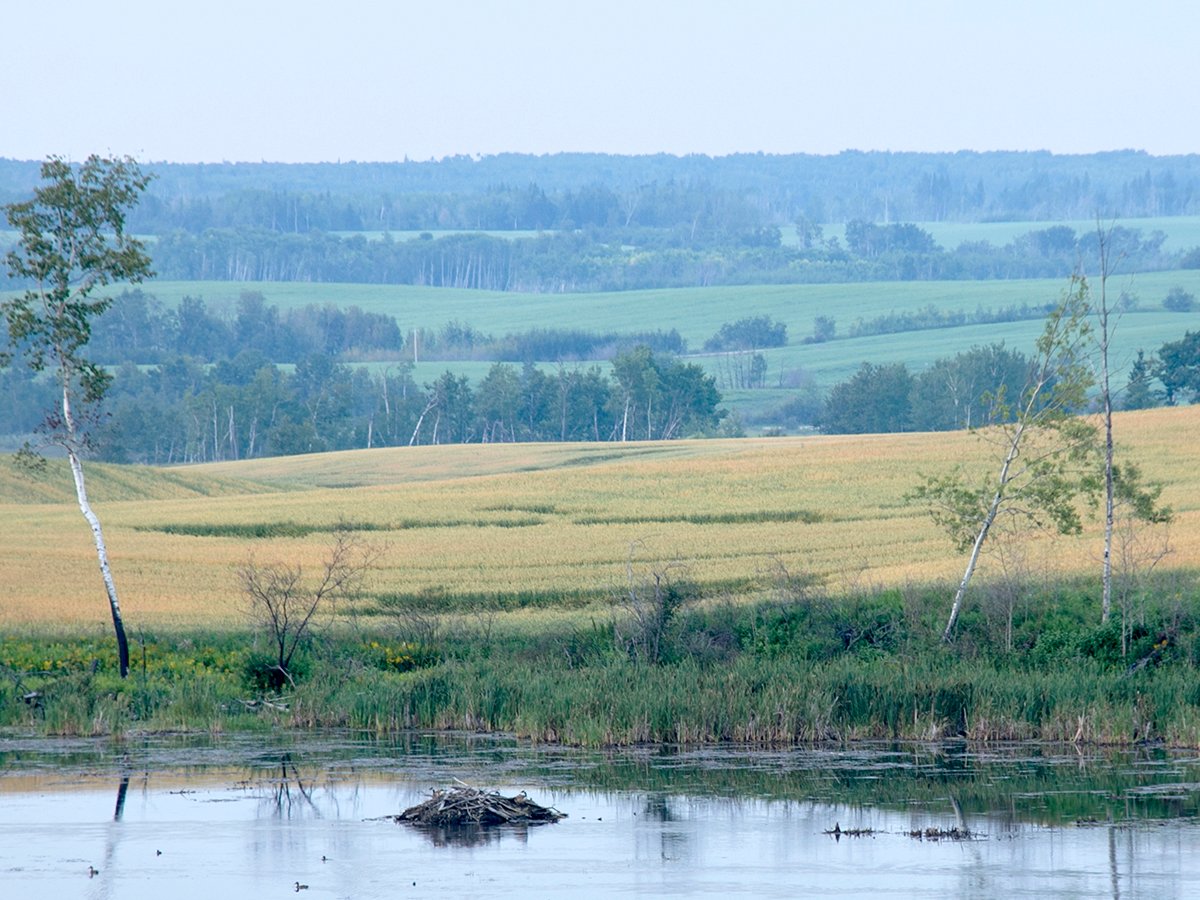SASKATOON – An economic consultant says Alberta’s finance minister is wrong to reject suggestions to expand Canada Pension Plan coverage.
Monica Townson visited Saskatoon while on a Canadian Labour Congress speaking tour to promote a plan to improve Canadian retirement income. She said Alberta’s Ted Morton is rejecting it for right wing ideological reasons.
The plan, as championed by the Canadian Labour Congress, would increase the CPP payout by slowly raising contributions, increase the Guaranteed Income Supplement that provides more money for the poorest seniors and establish a national fund to protect workers’ pensions when corporations go bankrupt.
Read Also

Intergenerational rollover rules can help succession plans
One of the most significant concerns in succession planning for farmers is the tax bill that can come with passing the farm to the next generation.
Morton says financial institutions should be given 10 more years to come up with creative ways to improve people’s retirement savings before looking to expand the CPP.
Following a speech last month, he suggested an expansion of CPP would be a tough sell in Alberta and unfair to young people.
“ I don’t see why we would expand a system tht’s unfair to such an important group,” he said.
But Townson said the CPP has been around since 1966 and in the past 40 years, fewer Canadians are covered by workplace pension plans.
Also, the private industry’s Registered Retirement Savings Plan has not been effective since only 31 percent of eligible Canadians contribute to one. The amount of money in the average RRSP would buy a pension totalling $250 a month. That compares to the average man collecting CPP of $572 a month and $430 for the average woman. Women’s pensions are less because of lower paid work and more part-time jobs compared to males.
Townson, who has written books on social policy, said Canadians pay among the highest fees in the world for mutual funds. They are also vulnerable to market swings.
While the CPP is a compulsory deduction from all workers’ wages and their employers, the voluntary nature of private industry plans mean people neglect to save.
Eight million Canadian workers have no pension or RRSP savings. Townson said only one-third of all Canadian households are saving enough to cover their essential costs in retirement such as housing and food.
She said waiting another 10 years before making changes to improve the CPP could result in a generation of seniors retiring into poverty.
Insurance companies also oppose expansion of the CPP. Townson said they were against the plan when it started in 1966 and it was their lobbying that led the government to set the CPP as a replacement for 25 percent of the average wage. The union organization would like to see that rise to 50 percent replacement, a common practice in Europe.
Unlike RRSPs, which require billions in subsidies via the tax deductions Canadians get for their contributions, the CPP is no burden on taxpayers because it is self-funded by worker and employer contributions.
“CPP is secure, stable and well managed,” Townson said.
She quoted the chief actuary of the plan who said it has enough money to pay out all its obligations for the next 75 years.
That’s because contribution levels were raised in the late 1990s to make it self-sustaining.
She said people are mistaken if they think CPP won’t be there for them when they retire.
Farmers and their families also benefit from the CPP. Even if they don’t have a salaried job, said Townson, they pay as a self-employed person. They have to pay double the contributions under the system because they are both employee and employer, but their CPP will be there.
She urged people worried about their retirement to ask their provincial and federal politicians to make beneficial changes.














